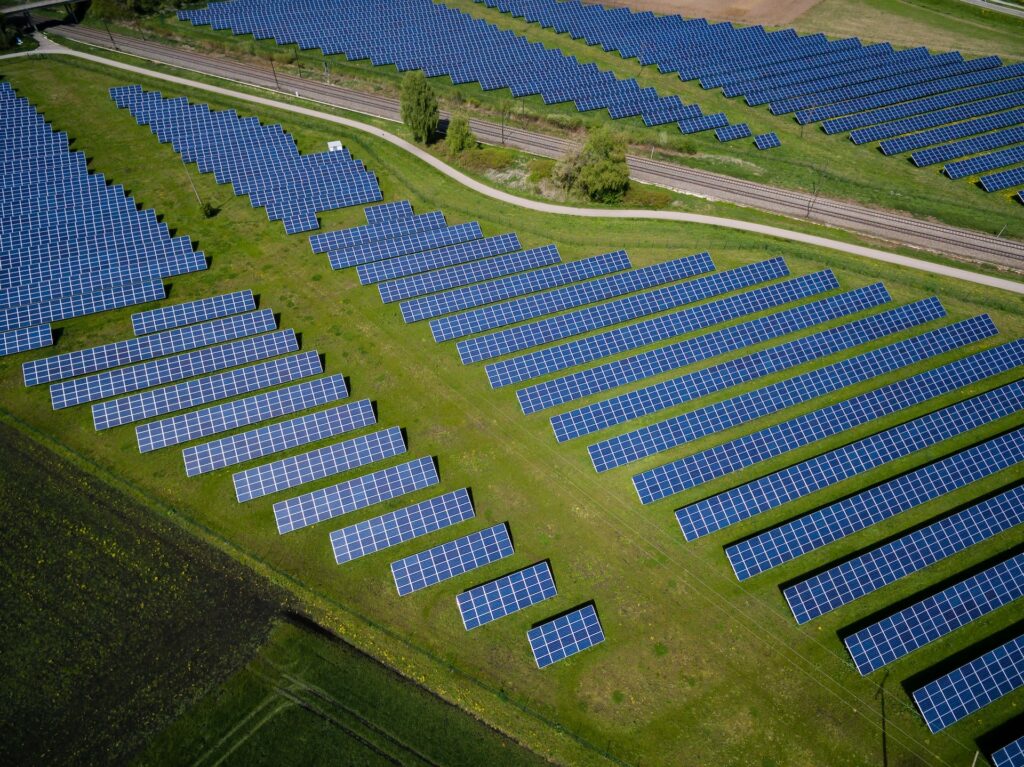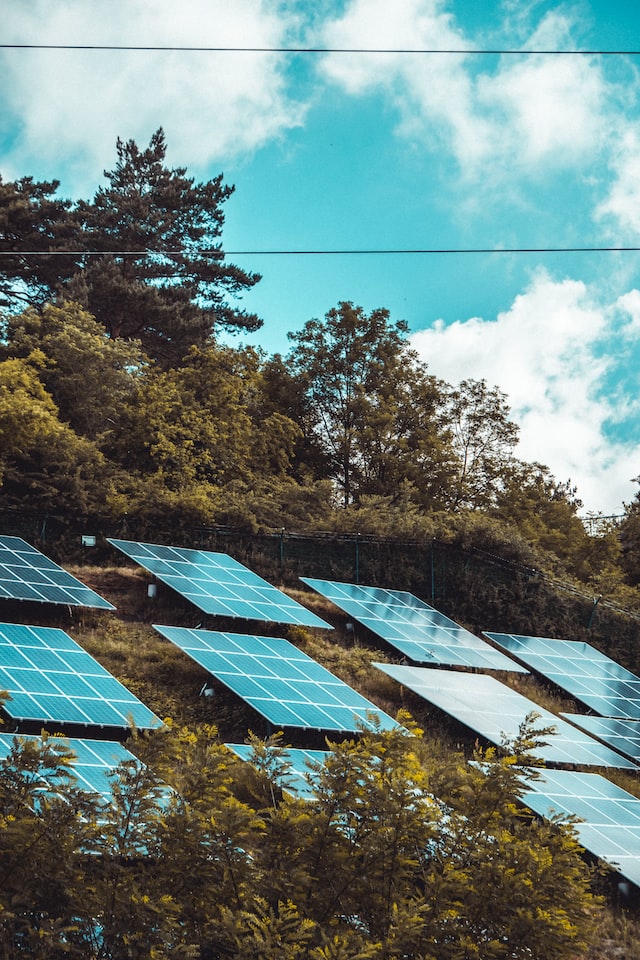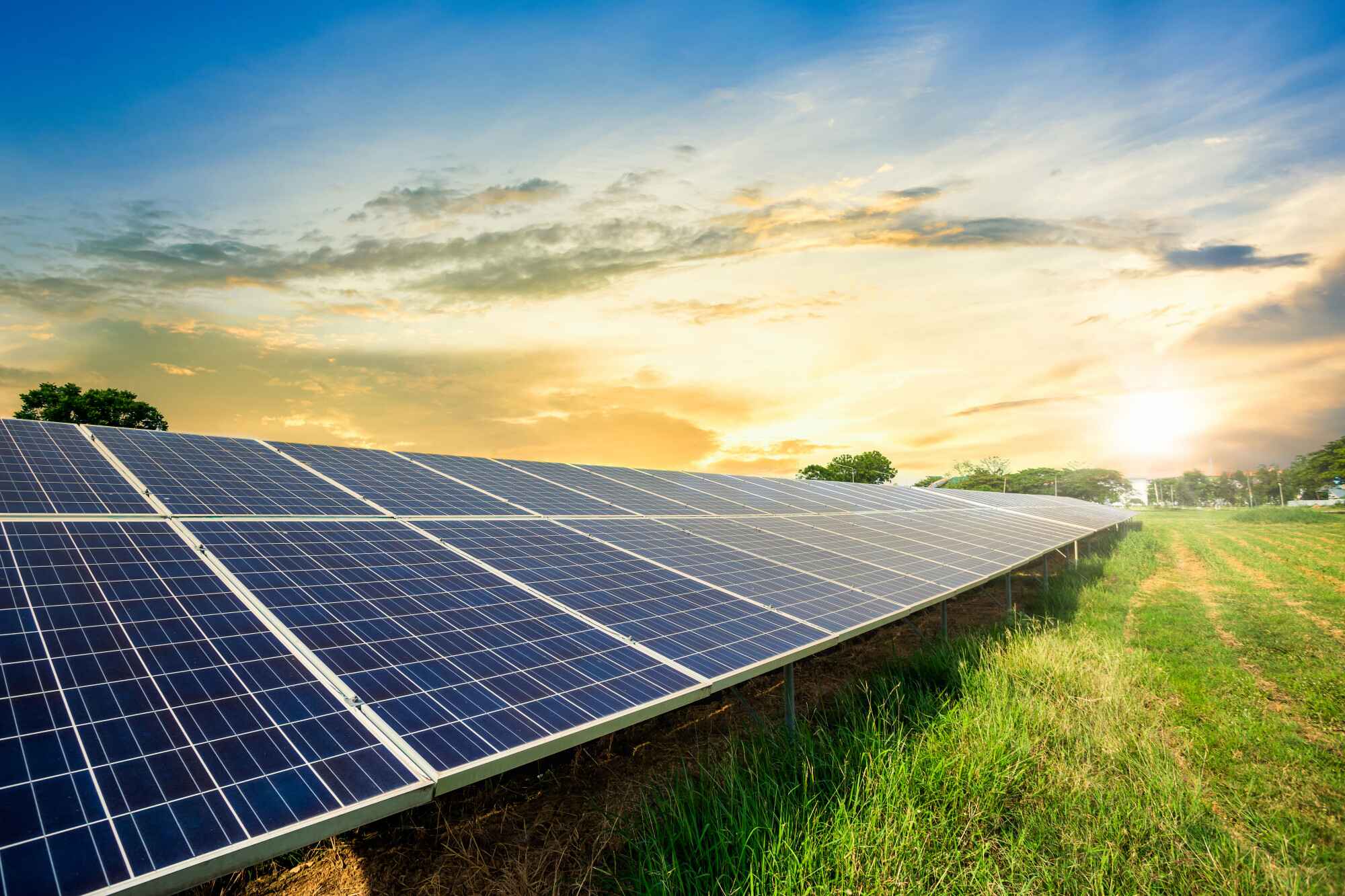In 2010, it would have cost homeowners around $40,000 (approximately $7 per watt) to install solar panels that could fully power their homes. A decade later, the average solar panel installation cost has fallen to $18,000 (approximately $3 per watt) — that’s a 70% decrease in prices.
The math behind this is fairly simple. Multiplying the price per watt (PPW) by the size of the solar energy system needed for your home will give you the average cost of installation for your home.
Here’s an example: The average residential solar system for a home in the U.S. is 6kW and the average PPW is $3. So, the total cost of installation for an average-sized home would be: $3 X 6000 watts = $18,000. In Oregon, the solar installation cost would be further reduced to $11,000 after the federal solar tax credit and the solar rebate from the Energy Trust of Oregon.
The exact price of your solar panel system will vary according to numerous other factors. We’re here to help you understand what these factors are and how they fit into the final cost. To get a full picture of the cost of solar for your home, you can schedule an in-person or virtual solar audit.
A Look At The Growth Of The Solar Energy Industry
The past decade has seen exceptional growth in the demand for solar energy. Since the introduction of the Solar Investment Tax Credit (Solar ITC) in 2006, the U.S. solar industry has grown by more than 10,000% ‒ fueling the economy with billions of dollars invested and creating more than a hundred thousand jobs. The ITC applies to both residential and commercial systems and allows a deduction of 26% from taxes to home and business owners (if you’re considering going solar, it’s important to note the federal ITC will be reduced in 2023).
In April 2019, renewable energy had a 23% share of U.S. power generation, surpassing coal’s 20% share. The main drivers of growth were declining costs and rising capacity factors of renewable energy sources.
The support for solar power as a renewable energy source has been on a steady rise. In Q2 2020, 3.5 gigawatts (GW) of solar photovoltaic (PV) capacity was installed in the U.S., resulting in a total of 85 GW of total installed capacity. That’s enough to power 16.1 million American homes! In 2019 alone, more than 2 million solar PV systems were generating over 100 TWh of electricity in the U.S.
It is expected that by the end of 2025, the U.S. will have installed 42% more solar capacity than the last five years, and solar is expected to replace coal as the biggest source of energy production. This is great for consumers as the shift to solar has made it a more affordable option, and at the same time, the quality, efficiency, and reliability of PV technology has improved. It appears that the future of solar is… bright. But homeowners still don’t know how exactly they can benefit from switching to solar. That’s why we are here: to help you understand the details and make the smart choice.
Navigating The Solar Panel Costs
Solar prices are at record low levels. The price per watt for solar panels ranges from $2.51 to $3.31, and the national average is $2.91 per watt.
But where does this number come from? There are two ways to calculate it:
- The cost of solar panel based on the number of watts it will generate
- Or, installation and labor costs combined with the cost of solar panel per the number of watts produced
As you might have already guessed, the number you arrive at with option 1 will be lower than what you find in option 2. The latter, however, will allow for more variance as the installation charges themselves vary depending on multiple factors such as time of year, location, and transportation costs from the company’s warehouses to your home.
No matter how you calculate solar costs, the important thing to know is that over the last four decades, the prices have fallen by an unbelievable 99 percent! While innovation in technology and government policies have been the main drivers of the falling prices, the costs of solar installation are influenced by a host of other factors. To know what these are, keep reading.
Factors That Impact Solar Panel Installation Cost
It is not just the solar panels that determine what the total solar panel system cost will be, but also a few variable factors that can make the cost go up or down. These factors will influence the net cost you’ll have to pay and thus, you need to consider them carefully.
- The Location of Your Home – Let’s be honest here: There are 50 states in the U.S. and variations in climate, foliage, and sunlight means residential homes in all states will not produce the same amount of solar power. Although you can harness the energy of the sun in all states, the results won’t be the same. For instance, a home in Delaware won’t generate the same amount of power as one in California.
- How Much Sunlight Your Roof Gets – This one’s a little tricky. Even though all through summer the sun will be shining, it doesn’t guarantee your roof will get the same amount of sunlight every day. The direction your home faces, the kinds of blockages posed by trees and nearby buildings, and the type of roof you have will all affect the sunlight your roof receives on an average. As per the location factor discussed above, certain states like Arizona and California, on average, have more sunlight hours per day. NOTE: Just because sunny states get more light doesn’t mean solar is better in California. In fact, ultra-sunny, hot climates put more stress on solar panels and result in a shorter lifespan of the panels overall. In the Pacific Northwest, we benefit from mild summers that don’t damage the integrity of solar panels.
- Roof Type, Size, and Shape – The type of roof will directly influence the labor required in installing the solar panels. For example, installing solar panels on an angled roof is easier as it ensures maximum exposure to the sun, but can be a little difficult if the roof is flat. A flat roof will also require brackets to angle the solar panels and that would cost a little extra. On the other hand, a shingle or standing metal roof will be the most compatible with the solar panels.
- Your Average Electricity Usage – This is probably the most significant factor here. Solar energy systems are designed to generate their own power and offset as much energy consumption as they can. This is the main reason why homeowners install solar panels. The math is simple. The more energy you consume on an average, the greater the number of solar panels required. A typical American homeowner would need somewhere between 28 and 34 solar panels to cover 100% of their energy usage. This number, however, would differ depending on where you are located.
A Glimpse Into The Solar Investment Tax Credit
As we mentioned earlier, the solar industry saw a massive growth after the introduction of the solar ITC. It can help you save thousands of dollars and bring a quicker return on investment.
The solar tax credit has played a major role in helping the country transition to renewable energy, especially in residential spaces. It takes into account not just the cost of solar panels, but all installation costs, including wiring and labor. The primary requirement to take advantage of this credit is that you should own (rather than lease) the solar energy system, either via cash or solar loan. At Smart Solar Energy Co., we almost always recommend that our clients opt for one of the low-interest financing options that we offer through our partnerships with local banks and community credit unions.
Since the ITC is a credit and not a refund, you will not receive a check. Rather, the amount will be deducted from your taxes, dollar-for-dollar. In case you can’t redeem the entire credit in a single year, you can “roll over” the remaining credit to your next year’s federal taxes.
Claiming the investment tax credit is an easy process. You just need to fill out the IRS tax forms 5695 and 1040 when you file your yearly tax return.
The solar ITC started as a 30% credit. Currently, the federal tax credit allows you a deduction against your income tax equal to 26% of your final cost of installing a solar energy system in your home. The same benefit is available to business owners as well.
Solar projects installed in 2023 will enjoy a reduced credit of to 22%, and this incentive will end completely in 2024.
Evaluating Your Solar Panel Capacity
Most of us care about the environment and understand the benefits of renewable energy. The high upfront costs of installation, however, prevent many homeowners from going solar. Anyone who wants to install solar panels in their home or business has our sincerest respect, but we empathize with the position many homeowners find themselves in. Understanding the costs involved and the factors influencing them is a concern and an important one. It can help you make the smart choice when you finally decide to set up your solar-powered home.
A tool that can be your best friend when you’re just starting is an online solar panel installation cost calculator. Although they would differ a little, most would ask you the same key pieces of information:
- Your location
- The size and type of your roof
- Your average energy consumption
Once you’ve figured out the answers to the questions above, you can request our free audit for a more accurate assessment. Previously, we talked about how the specifics of your home, such as location, roof size, orientation, the age of your roof, etc. can affect the net cost of installation; these will become apparent in the quotes you receive from the solar companies.
We offer you a comprehensive solar audit at absolutely no cost to help you identify the solar options available to you and learn more about incentives, energy-saving tips, and more from a trusted solar professional.
Is Installing Solar Panels Right For You?
Switching to solar energy can seem like a cumbersome process, but once you commit to going green, the rewards make up for the money and time invested. But before you make any decision, you should do your research and gather as much useful information as possible so that you can make the right choice. Lastly, you should have a conversation with a qualified and professional solar installer to understand all the variables that will affect the final cost of installation, in the purview of your individual needs, and also learn about when your system will begin to pay for itself (payback period).




